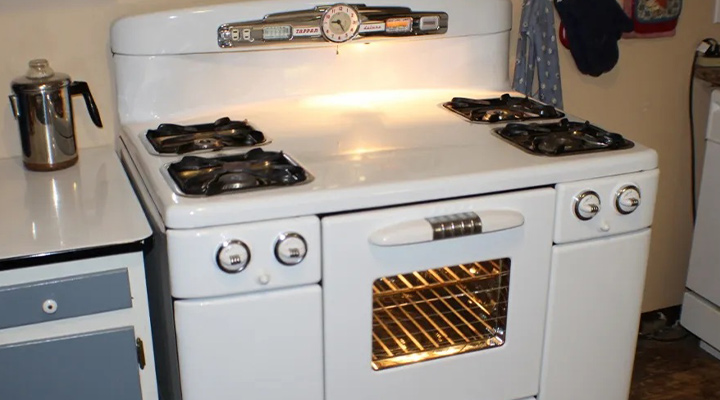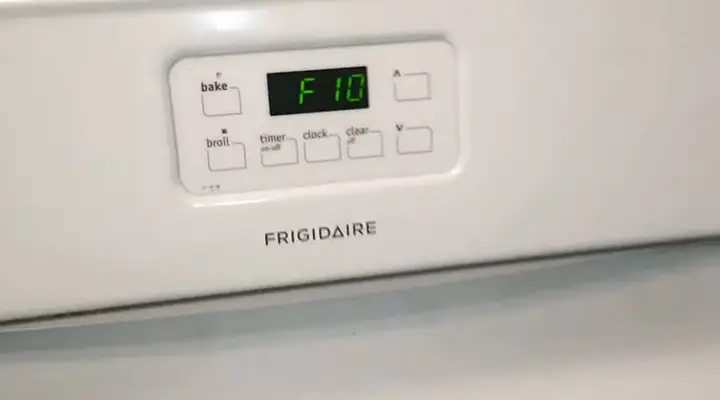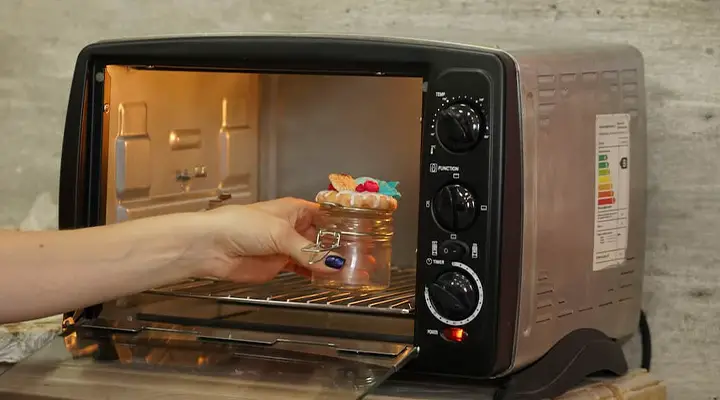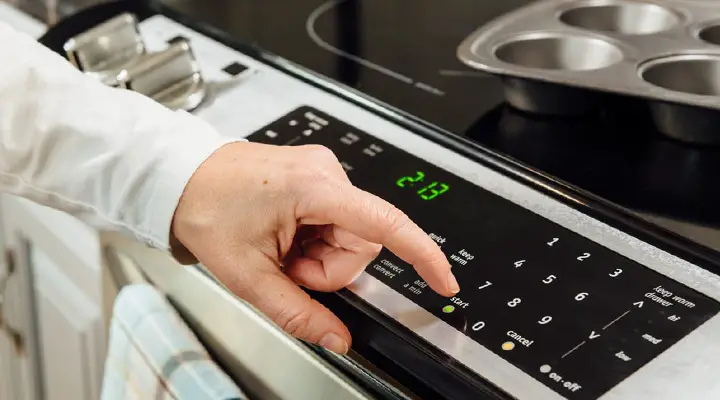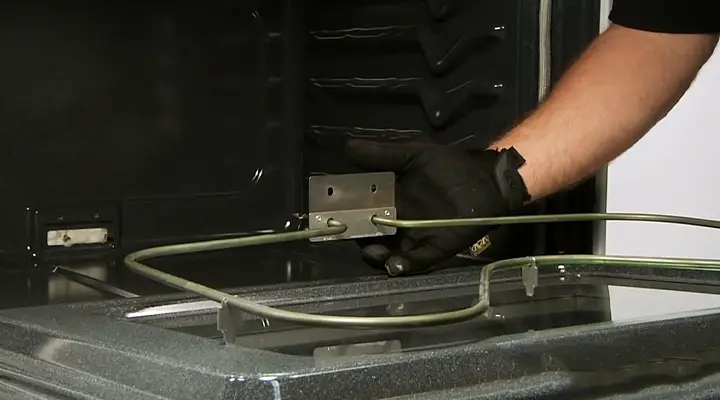Speed Oven vs Microwave: Which Appliance Is Perfect for Your Kitchen?
When it comes to quick meal preparation, two kitchen appliances often take center stage – the microwave and the speed oven. Both offer the promise of swiftly heating and cooking your food, but there are significant differences between the two. Let me make it convenient for you.
Your choice between a speed oven and a microwave depends on your cooking needs. A speed oven is versatile for baking and roasting, while a microwave is budget-friendly and ideal for reheating. You can also consider having both for a balanced kitchen setup.
For detailed and further information, I suggest you to read the entire article where I’ll discuss the comparison between speed ovens and microwaves, exploring their similarities, differences, pros and cons, and ultimately helping you determine which one is perfect for your needs.
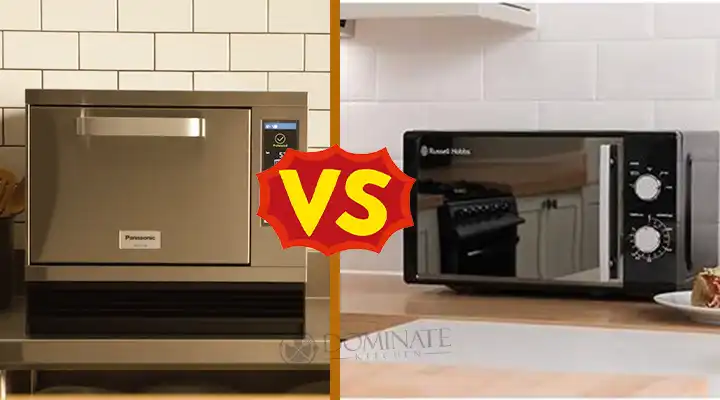
Comparison Between Speed Oven and Microwave
Speed ovens, also known as convection microwave ovens, are the modern marvels of the kitchen. These appliances combine the convenience of a microwave with the versatility of a convection oven. Here’s how they stack up in comparison to microwaves:
1. Heating Speed
- Speed Oven: Speed ovens typically cook or reheat food faster than microwaves. They use a combination of microwave technology and convection heating, ensuring that your meals are heated evenly and quickly.
- Microwave: Microwaves are renowned for their speed when it comes to reheating leftovers or defrosting. They use microwave radiation to generate heat within the food.
2. Cooking Versatility
- Speed Oven: Speed ovens are excellent for baking, roasting, broiling, and even browning your food. They offer a wide range of cooking functions, making them suitable for preparing a variety of dishes.
- Microwave: Microwaves are primarily designed for reheating, defrosting, and cooking simple dishes. While they are not ideal for baking or browning, they are a handy tool for quickly warming up leftovers.
3. Food Texture and Flavor
- Speed Oven: Speed ovens excel in preserving the texture and flavor of food. The convection fan helps in even cooking and browning, resulting in dishes that are more similar to those prepared in a conventional oven.
- Microwave: Microwaves can sometimes cause food to become soggy or unevenly heated, affecting the texture and flavor, particularly with dishes that require crispiness or browning.
4. Size and Design
- Speed Oven: Speed ovens tend to be larger and more versatile, which can be both an advantage and a drawback, depending on your kitchen space. They are often built-in appliances but can also be freestanding.
- Microwave: Microwaves come in various sizes, including countertop and over-the-range models, making them more adaptable to different kitchen layouts.
Speed Oven vs. Microwave: Similarities and Differences
Let’s kick things off by drawing a clear comparison between these two essential kitchen appliances. Both speed ovens and microwaves offer the convenience of rapidly reheating your meals, making them invaluable time-savers in any modern kitchen. However, their similarities and differences go far beyond just reheating food.
Similarities
- Both speed ovens and microwaves are adept at quickly reheating your meals, ensuring you can enjoy your piping-hot dishes in no time.
- Both appliances can take on the role of cooking, but the extent of their capabilities differs considerably. Speed ovens offer a wider range of cooking options, while microwaves are primarily designed for reheating and basic cooking tasks.
- In comparison to traditional ovens, both speed ovens and microwaves significantly reduce cooking time, allowing you to savor your dishes without the wait.
- Speed ovens are more efficient when it comes to baking and roasting, whereas microwaves are your go-to option for energy-efficient reheating.
- Whether you have a spacious culinary kingdom or a compact kitchen, both speed ovens and microwaves are designed to fit seamlessly into your available space.
Here’s a quick table of this –
| Aspect | Speed Oven | Microwave |
| Reheating | ✔ Both quickly reheat food. | ✔ Both quickly reheat food. |
| Cooking | ✔ Both can cook various dishes. | ✘ Microwaves are primarily for reheating, while speed ovens can bake and brown. |
| Cooking Time | ✔ Faster than traditional ovens. | ✔ The quickest way to heat food. |
| Energy Efficiency | ✔ More efficient for baking. | ✔ Energy-efficient for reheating. |
| Space Requirements | ✔ Compact and fits in most kitchens. | ✔ Compact, even in smaller kitchens. |
Differences
- One of the key distinctions is the cooking results. Speed ovens excel at providing superior cooking results, thanks to their ability to brown and crisp food effectively. On the other hand, microwaves may struggle to achieve the same level of texture and browning.
- Speed ovens are remarkably versatile, allowing you to perform baking, roasting, and broiling in addition to reheating. Microwaves, however, are more limited in their culinary scope, mainly focusing on reheating and basic cooking.
- Speed ovens use a combination of convection and microwave modes to achieve their cooking magic, while microwaves rely solely on microwave radiation.
- When it comes to your wallet, microwaves are generally the more budget-friendly option, while speed ovens tend to be a more significant investment.
- Speed ovens may require a learning curve to maximize their features, making them ideal for those who are willing to experiment and get the most out of their appliance. In contrast, microwaves are incredibly straightforward to use, with no learning curve involved.
In short –
| Aspect | Speed Oven | Microwave |
| Cooking Results | ✔ Provides better cooking results with browning. | ✘ Limited cooking options, may not brown or crisp food effectively. |
| Versatility | ✔ Versatile, can perform baking, roasting, and broiling. | ✘ Primarily for reheating and basic cooking tasks. |
| Cooking Techniques | ✔ Uses convection and microwave modes. | ✘ Uses microwave radiation only. |
| Price | ✘ Usually more expensive. | ✔ More budget-friendly. |
| Learning Curve | ✔ May require some learning to maximize its features. | ✔ Simple to use, no learning curve. |
Pros and Cons of Speed Oven and Microwave
Now that we’ve highlighted the key differences, let’s take a closer look at the pros and cons of each appliance to help you make an informed decision.
Speed Oven
Pros:
- Speed ovens can handle a wide range of cooking tasks, making them suitable for anything from casseroles to baked goods.
- They are exceptional at achieving a beautiful, browned crust on food, creating a more appealing appearance and texture.
- Speed ovens use less energy than conventional ovens when baking and roasting, contributing to energy savings.
- If you have limited kitchen space, rest assured that a speed oven will fit snugly into your culinary haven.
Cons:
- Speed ovens are typically more expensive than microwaves, requiring a more substantial initial investment.
- Maximizing a speed oven’s potential may require some experimentation and learning, which may not be suitable for those seeking instant culinary gratification.
Microwave
Pros:
- Microwaves are the quickest way to reheat food, making them a time-saving appliance for busy individuals and families.
- Microwaves are generally more affordable than speed ovens, making them an excellent choice for those on a tighter budget.
- There’s no learning curve when it comes to microwaves; just set the timer and power level, and you’re good to go.
Cons:
- Microwaves lack the versatility to bake, roast, or brown food effectively, making them less suitable for those who enjoy a broader range of cooking techniques.
- While microwaves are excellent for reheating, they can’t achieve the same level of browning and texture as a speed oven.
Which One Is Better After All?
The choice between a speed oven and a microwave ultimately depends on your cooking preferences and needs. If you value versatility and are willing to invest in an appliance that can handle a wider range of cooking tasks, a speed oven is the way to go. Its ability to brown and crisp food makes it ideal for those who love to bake and roast.
On the other hand, if you primarily use your appliance for reheating leftovers, defrosting, and basic cooking tasks, a microwave is the more budget-friendly and straightforward option. In my kitchen, I’ve found a compromise by having both. The microwave handles quick reheating, while the speed oven steps in when I want to whip up a delicious, browned dish in a fraction of the time it takes a traditional oven.
Frequently Asked Questions
Can a speed oven replace a microwave completely?
No, a speed oven is versatile but not a full replacement for a microwave. Microwaves excel at quick reheating, while speed ovens are better for baking, roasting, and browning.
Are speed ovens difficult to use?
Speed ovens may have a learning curve due to their advanced features, but they’re generally user-friendly once you get the hang of them.
Which appliance is more energy-efficient?
Microwaves are more energy-efficient for reheating, while speed ovens are energy-efficient for baking and roasting.
Do speed ovens take up a lot of space in the kitchen?
Speed ovens are compact and fit well in most kitchens, making them a space-saving choice.
Can a microwave brown or crisp food like a speed oven?
Microwaves do not brown or crisp food as effectively as speed ovens, which are designed for such cooking techniques.
Final Verdict
Lastly, it can be said that the perfect appliance for your kitchen depends on your cooking preferences and needs. Whether you opt for a speed oven, a microwave, or both, these appliances will undoubtedly make your life in the kitchen more convenient and enjoyable. Consider your culinary ambitions, your available space, and your budget to determine which of these kitchen companions deserves a permanent place in your home.

